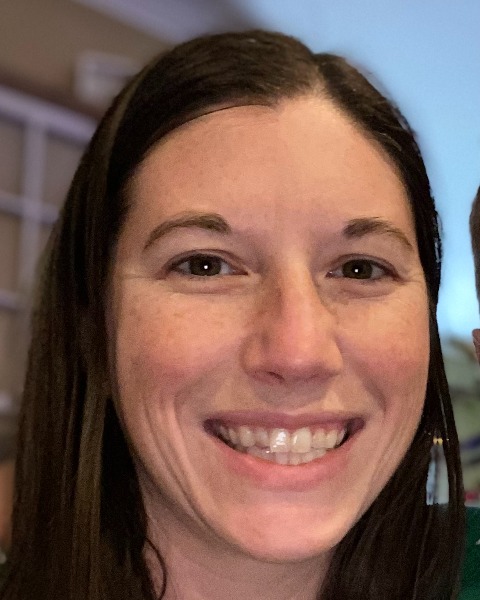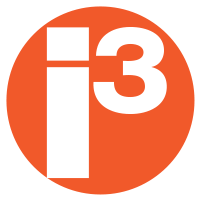Educational Sessions
Integrated Informatics Institute
(Management Case Study) Implementation of IV Room Verification Technology Across a Health System
Sunday, December 3, 2023
4:15 PM - 4:45 PM
Location: ACC, Room 213b, Level 2
CE Credits 0.50 contact hours
Activity #: 0204-0000-23-368-L04-P
Activity #: 0204-0000-23-368-L04-T
Activity Type: Knowledge-based
Target Audience: Pharmacist, Pharmacy Technician
Activity #: 0204-0000-23-368-L04-T
Activity Type: Knowledge-based
Target Audience: Pharmacist, Pharmacy Technician
Purpose: Regulations around sterile compounding are always evolving. Patient safety concerns are at the forefront of all conversations for change and improvements regarding sterile compounding. Older methods have been shown to be less accurate and therefore less safe for patient care. Economic challenges have limited workflow changes and technology has taken a larger role overall in hospital pharmacies. This case describes the process for planning and implementing IV room verification technology across a health system.
Methods: Once an IV verification technology product was selected and purchased, a team was formed to plan and implement this new project. The team consisted of information technology (IT) pharmacists and technicians as well as a pharmacist delegate from each facility within our health system. The team started by compiling all master formulation records for each facility. Numerous differences in standard concentrations, beyond use dating, and compounding processes were identified. Additionally, differences in IV room hours across facilities was identified as a potential barrier to overcome. Due to the new IV verification software only allowing one compounding formulation per product, standardization of methods across the health system was required. Barcode scanning was also included with this technology but the product library was limited. Therefore, the project also required adding all of our products to the formulary and making sure all approved concentrations were in the IV smart pump library for safe administration by nursing. The team mapped out all the issues identified during our planning period and created an action plan for implementation.
Results: The team first standardized concentrations on all compounded sterile preparations (CSP). Next, the team discussed how each compound would be made in regards to fluid removed, fluid added, container type, special labeling, and beyond use dating. All CSPs would now be compounded the same way at each facility and one master formulation was formed. Solutions were discussed for facilities with limited hours such as buying premixed items when possible. Next, the IT team began building and testing protocols. Barcodes and NDCs were added to our formulary. The team met to formulate training materials, competencies, and set implementation dates. Implementation was done in groups with a larger facility pairing with one or more smaller facilities. Super users were present at each facility to help with go-live. After each go-live, the team met to talk about challenges and solutions. This team also approved any changes recommended after going live since everything was standardized. After implementation was completed, the team met periodically to make improvements and necessary changes to the system. Safety monitoring is ongoing to follow for trends and to report improved patient safety.
Conclusion: Implementation of an IV verification technology product requires standardization of all sterile compounding products and procedures. Compounding practices related to fluid removal and/or addition, container preference, and beyond use dating must match for all facilities if the technology will be used as part of a health system initiative. Facility differences must be taken into account when planning and implementing an IV technology program.
Methods: Once an IV verification technology product was selected and purchased, a team was formed to plan and implement this new project. The team consisted of information technology (IT) pharmacists and technicians as well as a pharmacist delegate from each facility within our health system. The team started by compiling all master formulation records for each facility. Numerous differences in standard concentrations, beyond use dating, and compounding processes were identified. Additionally, differences in IV room hours across facilities was identified as a potential barrier to overcome. Due to the new IV verification software only allowing one compounding formulation per product, standardization of methods across the health system was required. Barcode scanning was also included with this technology but the product library was limited. Therefore, the project also required adding all of our products to the formulary and making sure all approved concentrations were in the IV smart pump library for safe administration by nursing. The team mapped out all the issues identified during our planning period and created an action plan for implementation.
Results: The team first standardized concentrations on all compounded sterile preparations (CSP). Next, the team discussed how each compound would be made in regards to fluid removed, fluid added, container type, special labeling, and beyond use dating. All CSPs would now be compounded the same way at each facility and one master formulation was formed. Solutions were discussed for facilities with limited hours such as buying premixed items when possible. Next, the IT team began building and testing protocols. Barcodes and NDCs were added to our formulary. The team met to formulate training materials, competencies, and set implementation dates. Implementation was done in groups with a larger facility pairing with one or more smaller facilities. Super users were present at each facility to help with go-live. After each go-live, the team met to talk about challenges and solutions. This team also approved any changes recommended after going live since everything was standardized. After implementation was completed, the team met periodically to make improvements and necessary changes to the system. Safety monitoring is ongoing to follow for trends and to report improved patient safety.
Conclusion: Implementation of an IV verification technology product requires standardization of all sterile compounding products and procedures. Compounding practices related to fluid removal and/or addition, container preference, and beyond use dating must match for all facilities if the technology will be used as part of a health system initiative. Facility differences must be taken into account when planning and implementing an IV technology program.
Learning Objectives:
- Describe the importance of compounding standardization across a health system before implementing IV room technology.
- Identify the components of a master formulation record.

Allie Torrence, PharmD, BCPS
Operations Manager
Cardinal Health
Tyler A. Vest, PharmD, MS, BCPS, BCSCP, FNCAP
Associate Chief Pharmacy Officer
Duke University Health System

